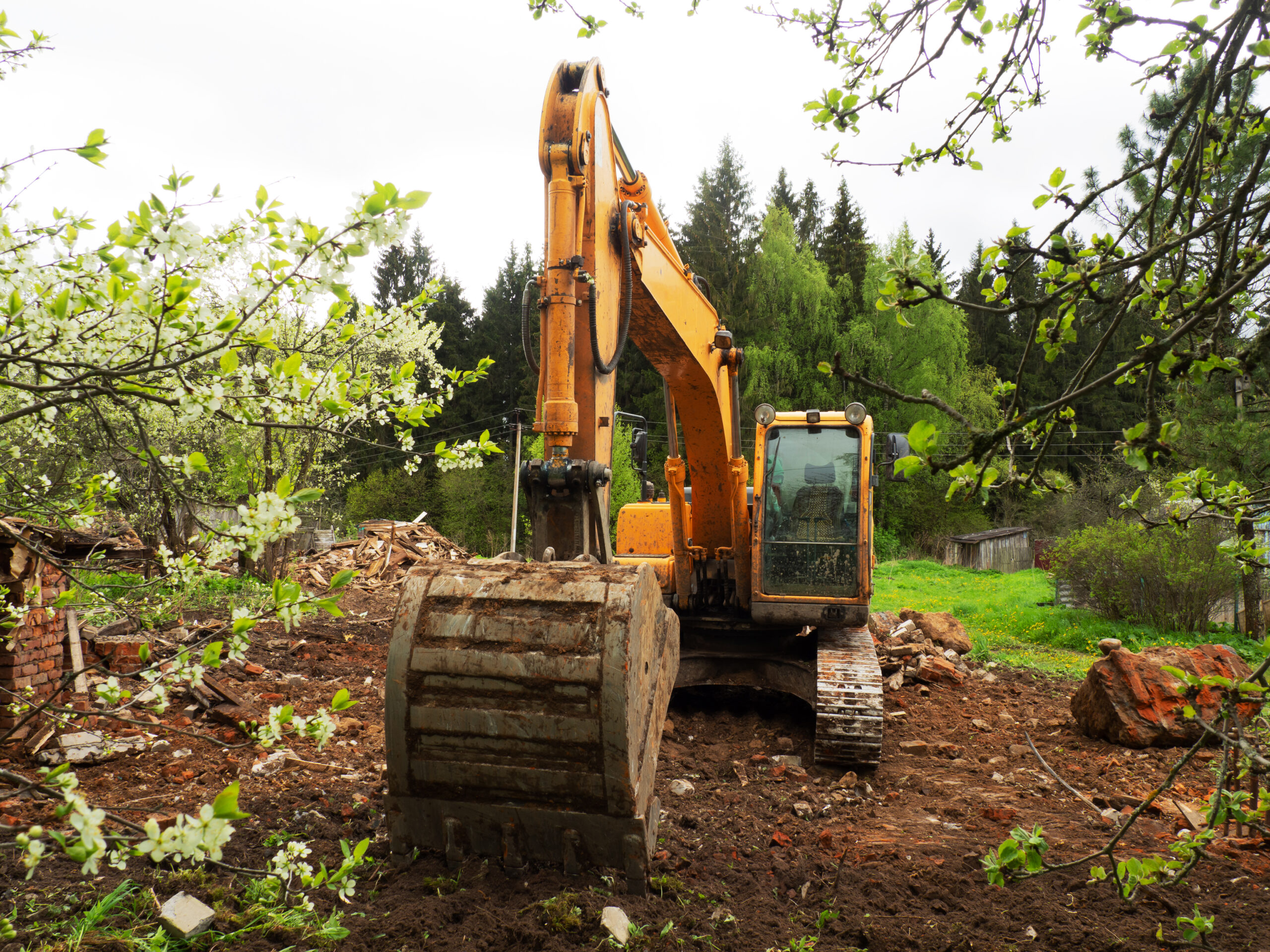Land clearing can help clear land properly
Land clearing experts in Round Rock and Austin TX can help clear land while observing legalities. Land clearing is a crucial step in various types of development projects, including construction, agriculture, and forestry. However, before embarking on any land clearing activities, it’s essential to consider several factors, especially in Texas, where specific laws and regulations govern such operations. In this first part of our two-part article, we’ll delve into the fundamental aspects of land clearing and highlight key considerations for individuals and organizations undertaking land clearing activities in Texas.
- Environmental Impact Assessment:
One of the primary considerations before clearing land is assessing the potential environmental impact of the activity. In Texas, this assessment typically involves evaluating factors such as soil erosion, habitat destruction, and impacts on water quality. Conducting a thorough environmental impact assessment helps ensure compliance with state and federal environmental regulations, including the Texas Commission on Environmental Quality (TCEQ) guidelines.
- Compliance with Regulations:
Texas has specific regulations governing clearing activities to protect its diverse ecosystems and natural resources. Depending on the location and scale of the project, individuals and businesses may need permits from local authorities or state agencies like the Texas Parks and Wildlife Department (TPWD) or the Texas Forest Service (TFS). Non-compliance with these regulations can result in fines, penalties, or even legal action, making it imperative to understand and adhere to all applicable laws.
- Preservation of Natural Features:
Preserving natural features such as water bodies, wetlands, and native vegetation is essential during land clearing to maintain ecological balance and biodiversity. Texas law mandates the protection of certain environmentally sensitive areas, including riparian zones and endangered species habitats. Integrating measures for the preservation of natural features into clearing plans demonstrates environmental stewardship and may streamline the permitting process.
- Soil Conservation Practices:
Soil erosion is a significant concern during land clearing, particularly in regions prone to drought and heavy rainfall, such as Texas. Implementing soil conservation practices such as contour plowing, mulching, and erosion control barriers can help mitigate erosion and preserve soil quality. These practices not only benefit the environment but also contribute to the long-term sustainability of agricultural and construction projects.
- Sustainable Land Use Planning:
In addition to short-term objectives, land clearing should align with sustainable land use planning principles to ensure the long-term viability of the landscape. This involves considering factors such as land reclamation, reforestation, and the implementation of green infrastructure solutions. By incorporating sustainable practices into clearing projects, stakeholders can minimize environmental degradation and promote ecosystem resilience.
Legal and Regulatory Considerations
Navigating the legal landscape surrounding land clearing in Texas requires a comprehensive understanding of relevant laws, regulations, and permitting processes. In this second part of our article, we’ll explore key legal considerations that individuals and entities must address when planning clearing activities in the Lone Star State.
- Compliance with the Texas Administrative Code:
The Texas Administrative Code (TAC) contains rules and regulations governing various aspects of land use and environmental protection, including land clearing activities. Sections related to water quality, air emissions, and habitat conservation are particularly relevant to clearing projects. Ensuring compliance with the TAC is essential to avoid potential legal liabilities and regulatory enforcement actions.
- Endangered Species Act (ESA) Compliance:
The Endangered Species Act (ESA) protects endangered and threatened species and their habitats, making it crucial for landowners and developers to assess potential impacts on protected species before clearing land. In Texas, species such as the Houston toad and the golden-cheeked warbler are afforded ESA protections. Conducting thorough surveys and consulting with wildlife experts can help identify and mitigate risks associated with protected species.
- Permitting Requirements:
Depending on the scope and nature of the land clearing project, various permits may be required from state and local authorities. These permits may include water discharge permits, stormwater management permits, and tree removal permits, among others. Failing to obtain the necessary permits can result in project delays, financial penalties, and legal repercussions, highlighting the importance of understanding and fulfilling all permitting requirements.
- Compliance with County Regulations:
In addition to state-level regulations, land clearing activities in Texas are subject to county-level ordinances and regulations. Local governments may have specific requirements regarding land use, zoning, and environmental protection that must be followed. Engaging with county officials early in the planning process can help ensure compliance with local regulations and streamline the permitting process.
- Liability and Legal Risks:
Failure to comply with applicable laws and regulations governing land clearing can expose individuals and organizations to significant legal risks and liabilities. These may include fines, injunctions, and lawsuits filed by affected parties or regulatory agencies. Working with legal counsel experienced in environmental law and land use regulations can help mitigate legal risks and ensure compliance with all legal requirements.
- Community Engagement and Stakeholder Consultation
Community engagement and stakeholder consultation are essential aspects of responsible land clearing practices in Texas. Engaging with local communities, environmental organizations, and indigenous groups can provide valuable insights into the potential social, cultural, and economic impacts of land clearing projects. By soliciting feedback, addressing concerns, and incorporating community input into project planning and decision-making processes, stakeholders can build trust, foster collaboration, and enhance the overall sustainability and acceptance of land clearing initiatives. Effective communication and collaboration with stakeholders contribute to the development of mutually beneficial solutions that balance environmental conservation with socioeconomic development goals.
In conclusion, land clearing in Texas involves a complex interplay of environmental, legal, and regulatory considerations. By conducting thorough assessments, adhering to applicable laws and regulations, and implementing sustainable practices, stakeholders can mitigate environmental impacts, minimize legal risks, and promote responsible land use and development in the Lone Star State.
Hire the best land clearing service in Round Rock and Austin TX
Leaf Tree Services is your locally owned professional tree service with certified arborists for residential and commercial customers in Round Rock, Austin, and surrounding Central Texas areas. You can trust your trees to us. Contact us today to schedule a consultation, 512-670-6766.


